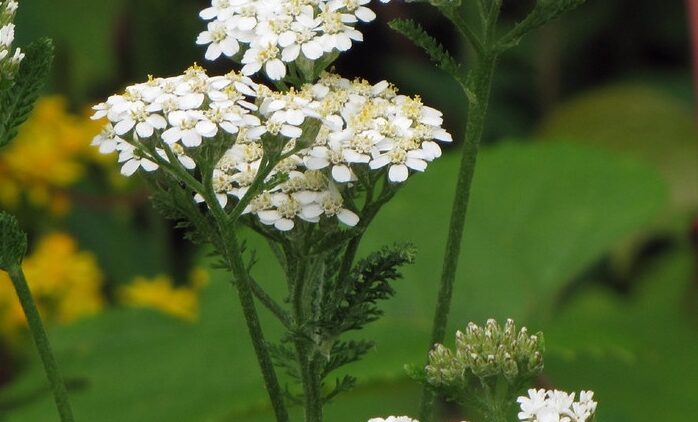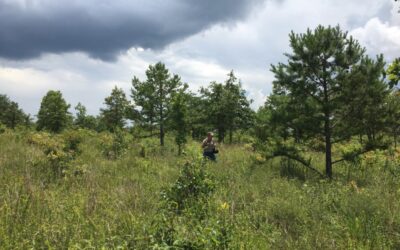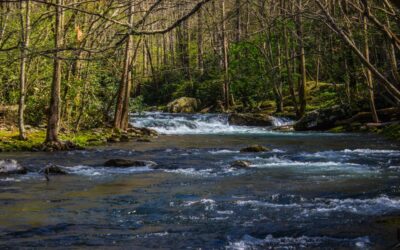It’s springtime in Tennessee and this May is national Garden for Wildlife Month.
Whether you have a few porch pots or acres of land to work with, a few small changes can make your yard more wildlife-friendly. And attracting pollinators is a great place to start.
LEARN MORE>> How to create and certify your own wildlife habitat
You also want plants that are hardy, easy to care for, and come back year after year, right?
Here are three tried-and-true winners that you probably don’t have in your garden right now, but should.
Butterfly Milkweed
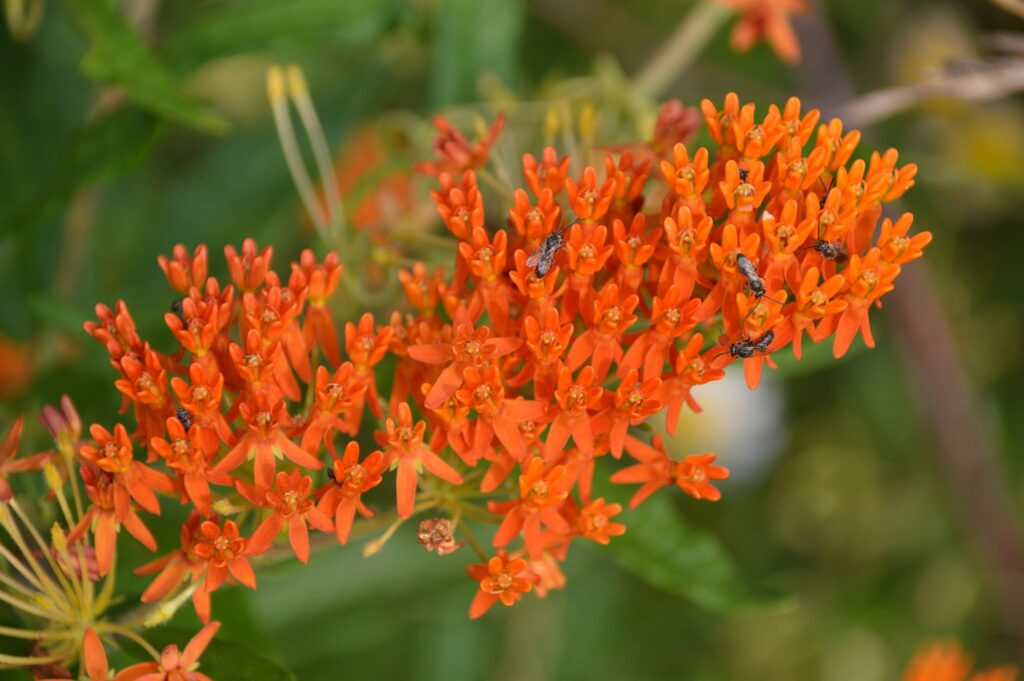
Monarch butterfly caterpillars are dependent on the various milkweed species as their host plant; that’s what they eat as they’re developing. And the most attractive of the bunch is, arguably, butterfly milkweed (Asclepias tuberosa).
It produces beautiful bunches of small orange flowers—you know how many Tennesseans love their orange—that is irresistible to all kinds of pollinating insects.
Once established this species is practically carefree. Hot and dry summertime conditions don’t phase it, thanks to a long taproot it sends deep into the ground.
Anise Hyssop
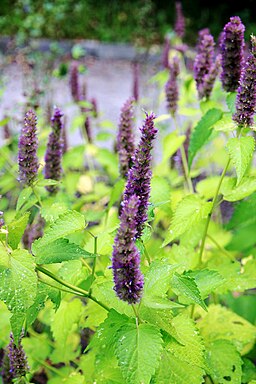
A member of the mint family, anise hyssop (Agastache foeniculum), so named because of its licorice-scented, deep green leaves, is a reliable and hardy plant.
It produces lavender flowers and blooms all summer long. It tolerates sun, heat, and drought well. What’s more, deer won’t eat it.
The only problem you’re likely to encounter with anise hyssop is having to occasionally referee the fights that break out as bees and butterflies compete for the sweet nectar it produces.
Yarrow
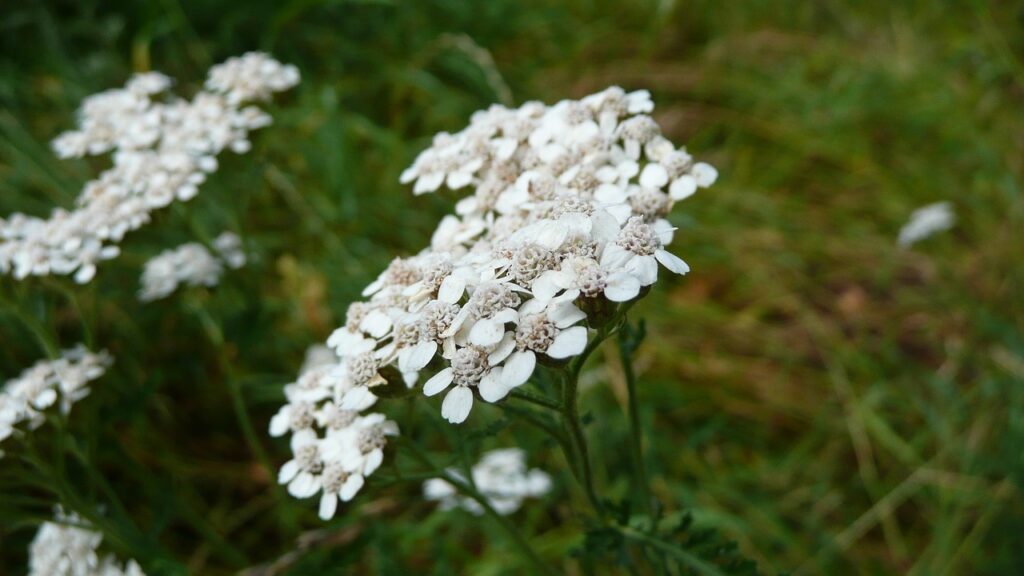
Don’t let the dainty flowers and the delicate form of the yarrow’s leaves fool you. This is one tough garden plant.
A staple of early American gardens because of its beauty and medicinal qualities, yarrow (Achillea millefolium) is becoming popular again. Bees and other pollinators love it, and you will too because it’s easy to grow and needs very little care once it’s established.
It comes in a variety of colors—white, yellow, red, and lavender—and it handles both frost and hot summer temperatures, making it a long-lasting addition to any garden.
Visit tnwf.org/certify-a-habitat to find out more about the five essentials to include in your yard to qualify it as a Certified Wildlife Habitat.

